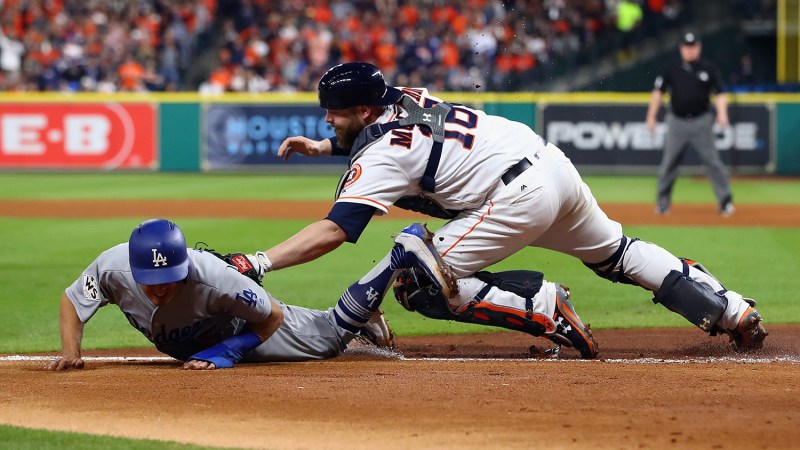Major League Baseball has shaken up the rules this season and people are noticing. Some of the new regulations have resulted in hilarious circumstances, while others are already being ducked and cheated around. There’s even been a new pitch clock rule put into place, inspired perhaps by the NBA shot clock and intended to speed up what can be, at times, a very slow professional sport.
There’s more, like a pickoff rule aimed to keep pitchers from stalling and trying to throw baserunners out too often. There’s also a rule that changes the way infielders can line up, reportedly as a result of long single percentages by batters over recent seasons. But let’s get to the juicy stuff: How are teams cheating the new rules?

Now, the workarounds (as we’ll call them) can be subtle, and aren’t quite as egregious as, say, the Astros sign stealing scandal of several years back. But the new maneuvers still point to how rules can be open interpretation and enforcement can be difficult. This seems especially so in baseball, where the importance of analytics and nuance is perhaps more than any other sport.
Red Sox go with a two-man outfield vs. Joey Gallo, playing the third outfielder in short right field where a shifted second basemen might have been previously. pic.twitter.com/U3oDyh29jD
— Aaron Gleeman (@AaronGleeman) March 3, 2023
The way the defensive team lines up is already drawing some attention and teams are finding loopholes around the system. Check out how the Boston Red Sox lined up against the Minnesota Twins a few weeks back. It came to nothing on this particular at-bat, but it’s a preview of what’s to come in the MLB. The four infielders are required to be in the dirt or infield grass leading up to each pitch. But outfielders can move around as they please, creating essentially a second shortstop and shifting one way or the other depending on where the batter is likely to hit the ball. These crafty defensive maneuvers could be exploited by versatile batters that can put the ball just about anywhere, but they’ll be hard to navigate for more traditional sluggers.
Back to the pitch clock. Pitchers are finding ways around this new rule too. Recently, Max Scherzer of the New York Mets threw the ball so abruptly the batter was not expecting it.
Max Scherzer is called for a balk after attempting to quick-pitch Victor Robles. pic.twitter.com/RCmluX2h8K
— SNY (@SNYtv) March 3, 2023
The idea is that the batter can call time and get a break and the pitcher has to honor that. In the past, a batter would be set and then the pitcher would go through his routine. Scherzer cheated (well, it’s legal, technically) the system by throwing immediately when the batter was back and ready, without going through the normal extended windup and rigmarole. The pitch was called as a balk — and MLB reportedly already sent out a memo clarifying the rule, but we expect some more awkward at-bats to come. (After all, whenever new rules go into effect, someone is going to test them.)
It’s reason enough to get excited about the upcoming baseball season, although we suggest diving head-deep into March Madness and spring break first. After all, the MLB season is a long one, so you’ll have more than enough time to catch up.


